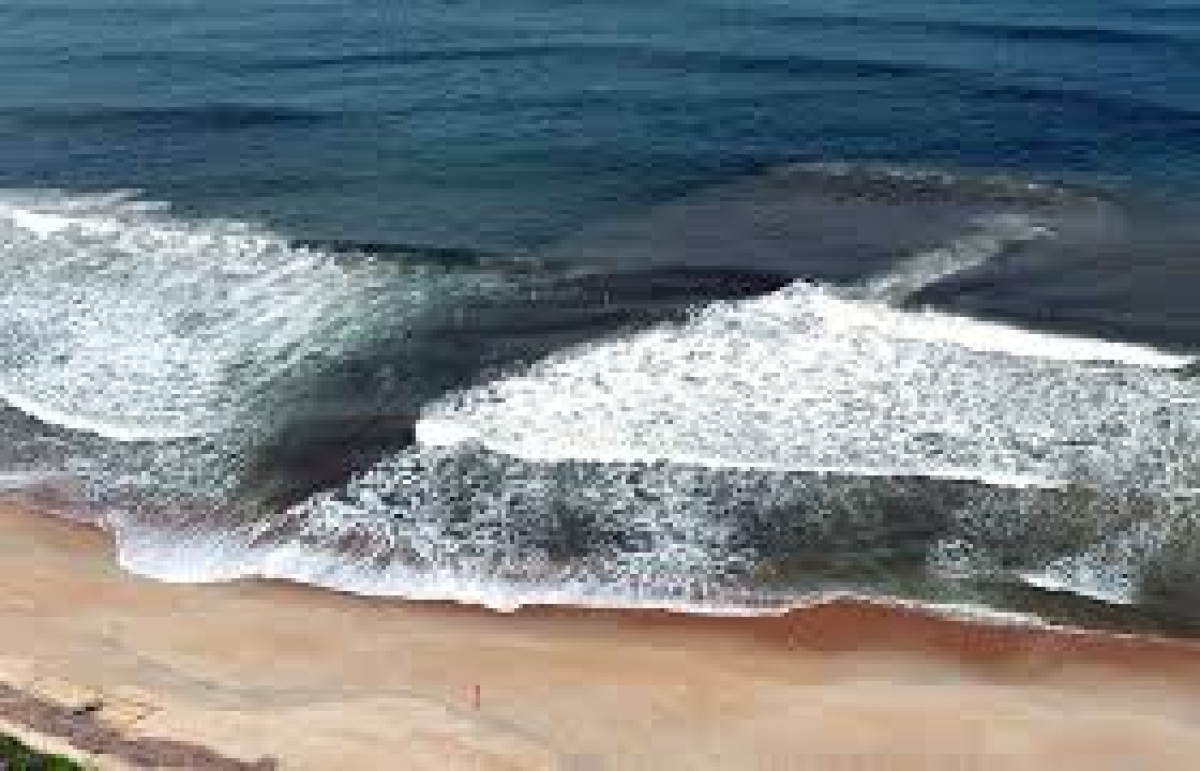Rip Currents
Sometime in September of this year, Janet and I were at Wrightsville Beach. I noticed as the tide was rising that the waves coming in and current washing out were changing. A trough in the sand was forming at the farthest reach of the waves. The water in the trough was not smoothly running back into the ocean in a broad sheet, but instead running down the trough towards one end. The returning water was making a small, narrow current back into the ocean. The incoming ocean waves were making different patterns in different directions, with some waves going backwards into the ocean.
Over time, the tide got higher, the trough got deeper, and the returning current got stronger. Kids were playing in the trough and running with the current into the ocean. Their parents were ignoring them. I said to Janet, “That trough is the beginning of a rip current. Eventually, those kids will be in danger.”
After a further while, a loudspeaker on the shore made a public service announcement that rip currents were forming on the beach, so for swimmers to stay out of the water. Some people complied, and other persons stayed in the water.
Then, a little later, right in front of us, two swimmers were seen struggling in the rip current to get back to the shore. Two lifeguards drove up on 4 wheeler carts, jumped in the water with life-saving buoys and towed them in.
Many persons do not know two easy self-rescue techniques. One is to easily and casually swim to the left or right, parallel to the beach, about 30 yards, or even less. You will be out of the rip current. Then easily and casually sim to the shore.
Or, stop swimming and float to just past the ocean waves. The rip current will dissipate. Then swim parallel to the beach and into the shore. Unfortunately, some people do not know these techniques, and each year a few drown.



